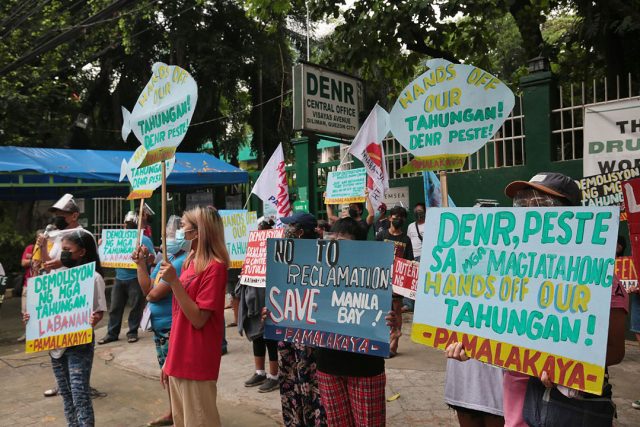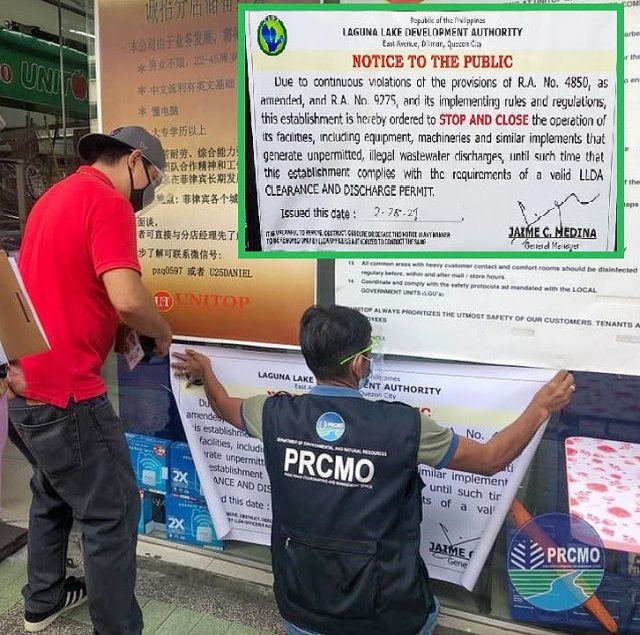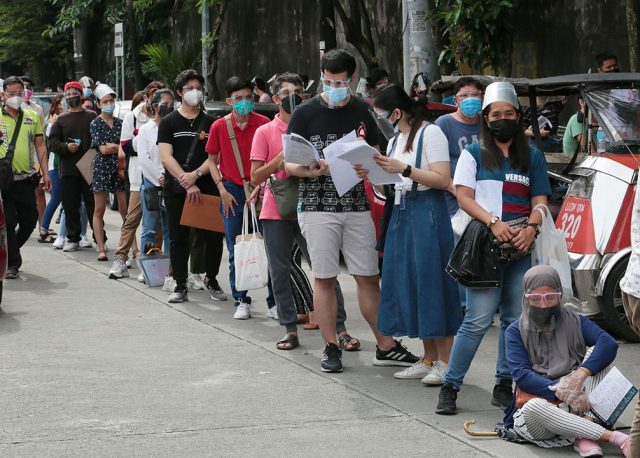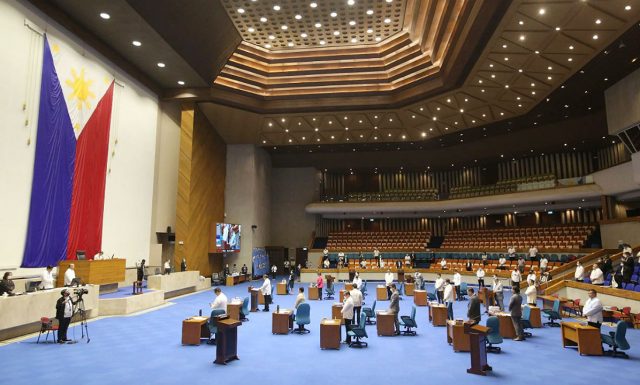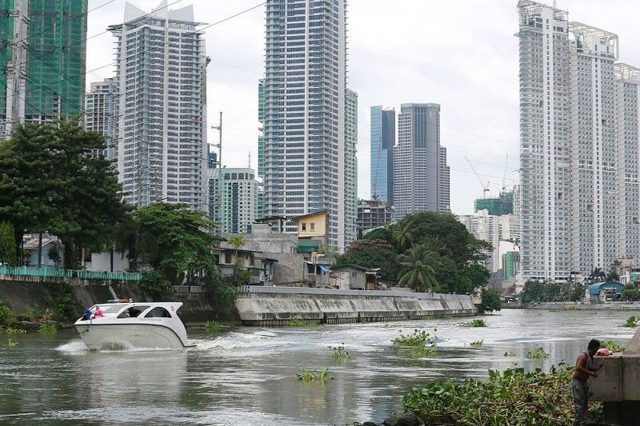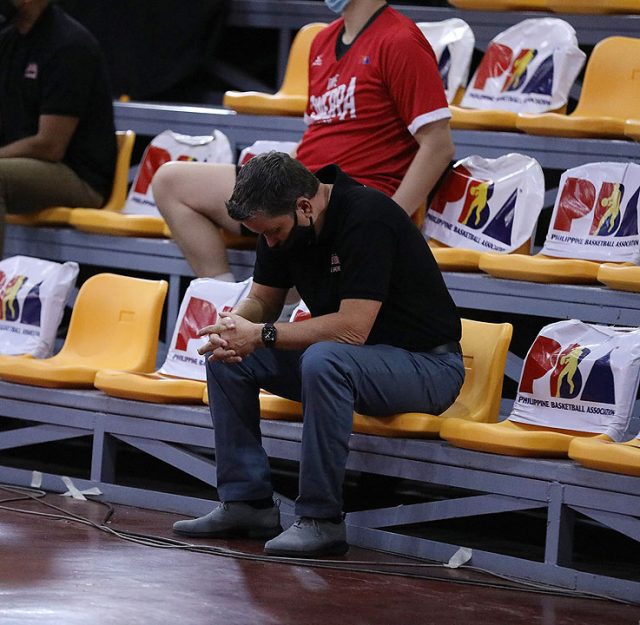Fishers group appeals to local governments to defy order to dismantle fishing structures in Cavite
A FISHERS group appealed on Monday to local governments in Cavite to defy the dismantling of alleged illegal fishing structures in Manila Bay led by the Department of Environment and Natural Resources (DENR).
Fernando L. Hicap, chairperson of the Pambansang Lakas ng Kilusang Mamamalakaya ng Pilipinas (PAMALAKAYA), said officials of four localities in the province should “stand alongside their coastal constituents on their fight against the unjust order of the DENR,” which will dismantle illegal fishing structures as part of Manila Bay’s rehabilitation efforts.
The four areas are Cavite City, Bacoor City, Noveleta, and Kawit.
According to the group, the order will affect fishing structures, including mussel (tahong) and oyster (talaba) farms.
The dismantling of the structures was originally scheduled on Sept. 7, but was moved to Sept. 25.
“The local executives in Cavite are morally, politically, and constitutionally obliged to protect the welfare of tens of thousands of fisherfolk who are deemed to lose their source of livelihood courtesy of the national government’s directive against fishing structures in Manila Bay,” Mr. Hicap said in a statement.
Further, PAMALAKAYA argued that the fishing structures improve ecological productivity by tending to the food requirements of the population across Manila, whilst not contributing to pollution. Citing Section 16 of Republic Act No. 7160 or the Local Government Code of 1991, the group said the local government units are “mandated to promote the general welfare of their constituents and ensure support, among other things, the preservation and enrichment of culture and enhance the right of the people to a balanced ecology within their respective territorial jurisdiction.”
Previously, DENR Spokesperson Benny D. Antiporda said a total of 370 illegal fish pens will be demolished.
Of the total, Mr. Antiporda said 271 structures are in Cavite City, 97 in Kawit, and 2 in Noveleta. He also announced that the dismantling activities will not affect any mussel farms operating legally.
“If you will notice, we don’t have plans of taking down even just one structure in Bacoor because of the mussel farms there,” Mr. Antiporda said.
Meanwhile, Mr. Hicap said the group will continue to voice its opposition to the planned dismantling activities.
“The DENR deserves nothing but defiance from the coastal population for using the rehabilitation program against us. We will continue to oppose this undertaking in various legal institutions such as the Supreme Court and the Philippine Congress, and through mass actions in the parliament of the streets and in the court of public opinion,” Mr. Hicap said. — Revin Mikhael D. Ochave

